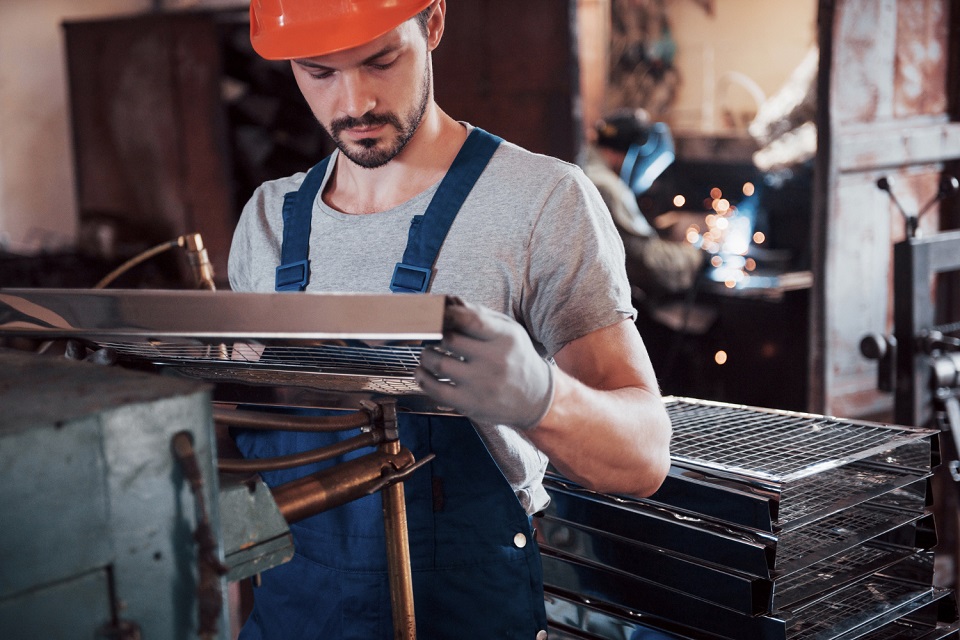In the vast landscape of metallurgy, steel plate fabrication stands as a cornerstone of modern engineering and construction. This intricate process involves shaping steel plates into various forms to meet the diverse needs of industries ranging from construction to manufacturing. Join us as we explore the fascinating world of steel plate fabrication, uncovering its key characteristics, manufacturing process, applications, and advantages over other types of steel.
Table of Contents
Key Characteristics Of Steel Plate
Steel plate, a versatile and durable material, boasts several key characteristics that make it indispensable in numerous applications. Firstly, its inherent strength and rigidity make it ideal for supporting heavy loads and withstanding external forces, making it a popular choice for structural components in buildings, bridges, and machinery. Additionally, steel plate offers excellent weldability, allowing for the creation of strong and seamless joints essential for constructing complex structures. Furthermore, its corrosion resistance properties can be enhanced through coatings or alloy additions, ensuring longevity and durability in harsh environments.
The Manufacturing Process
The journey of steel plate fabrication begins with the production of steel in a steel mill. During this process, iron ore is melted in a blast furnace, and various alloying elements such as carbon, manganese, and others are added to achieve the desired properties. Once the molten steel is refined, it is continuously cast into large slabs, which are then rolled into thinner plates of uniform thickness through a series of rolling mills. These plates are then cut to size and shape using cutting-edge technology such as laser cutting or plasma cutting, and may undergo additional processes like heat treatment to further enhance their mechanical properties.
Common Applications
Steel plate fabrication finds widespread use across a multitude of industries, owing to its versatility and strength. In the construction industry, steel plates are utilized in the erection of buildings, bridges, and infrastructure projects due to their high load-bearing capacity and structural integrity. Similarly, in the manufacturing sector, steel plates are employed in the fabrication of heavy machinery, equipment, and storage tanks where durability and reliability are paramount. Moreover, steel plates are also utilized in shipbuilding, automotive manufacturing, and renewable energy projects, showcasing their versatility across diverse applications.
Advantages Over Other Types Of Steel
Compared to other types of steel, steel plates offer several distinct advantages that make them a preferred choice in many scenarios. Firstly, their larger surface area and thickness provide greater strength and stability, making them suitable for heavy-duty applications. Additionally, steel plates can be customized to meet specific project requirements, offering flexibility and adaptability in design. Moreover, their recyclability and sustainability make them an environmentally friendly choice, aligning with modern sustainability goals.
Steel plate fabrication is a vital aspect of modern engineering and construction, offering strength, durability, and versatility across a wide range of applications. From towering skyscrapers to intricate machinery, steel plates play a crucial role in shaping our world. As we continue to innovate and advance in metallurgy, steel plate fabrication remains at the forefront of technological progress, promising a future built on strength and resilience.



